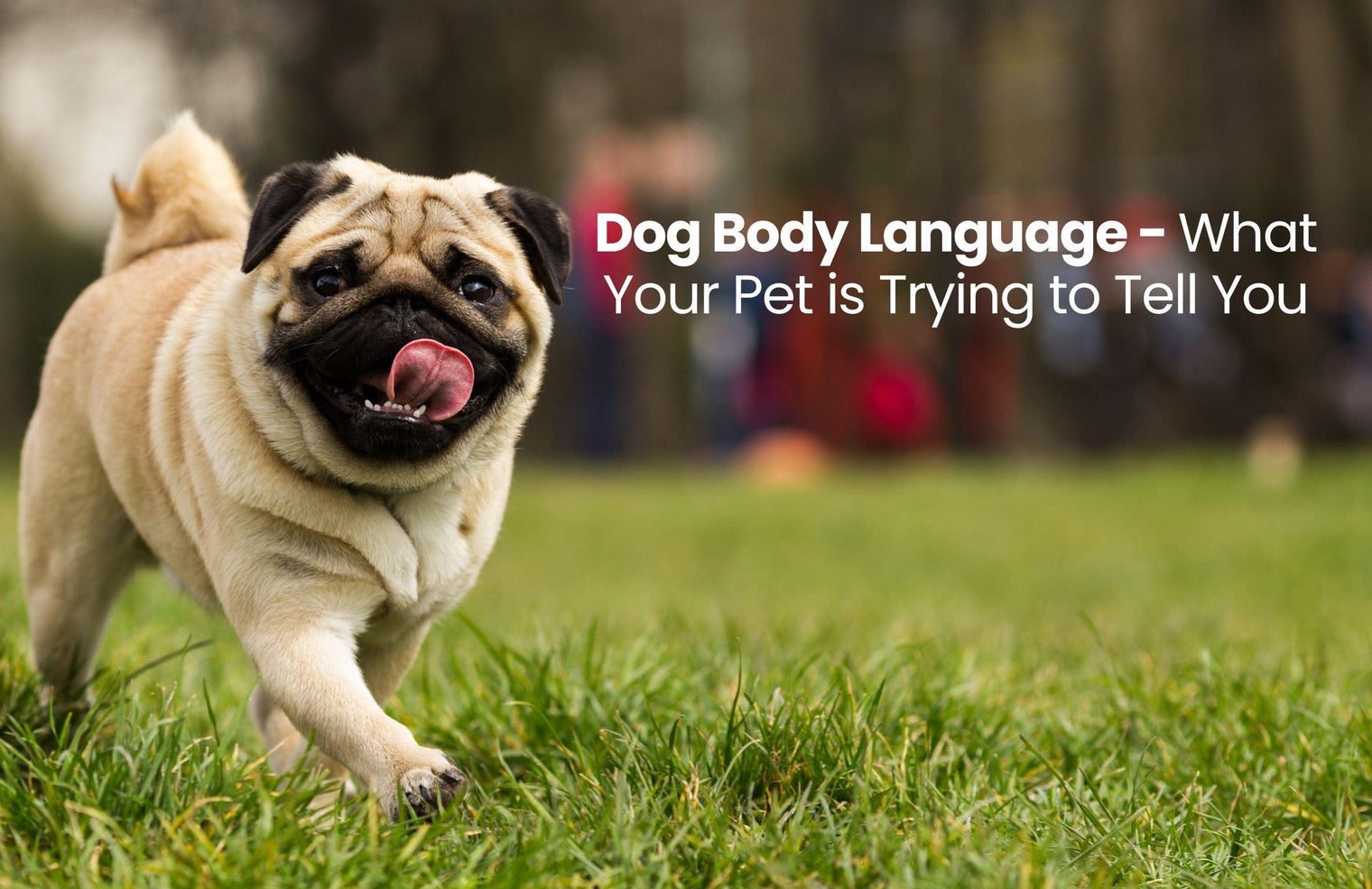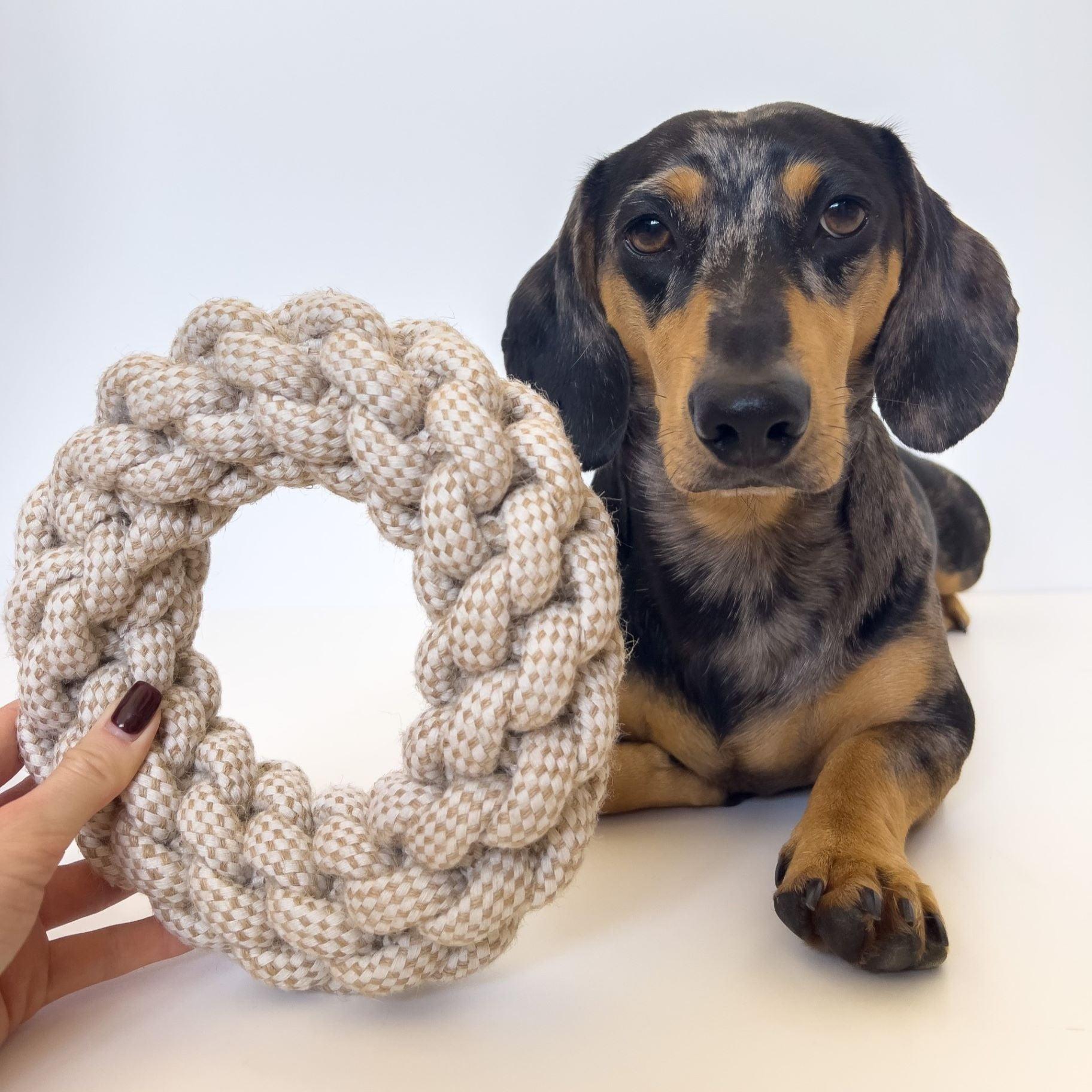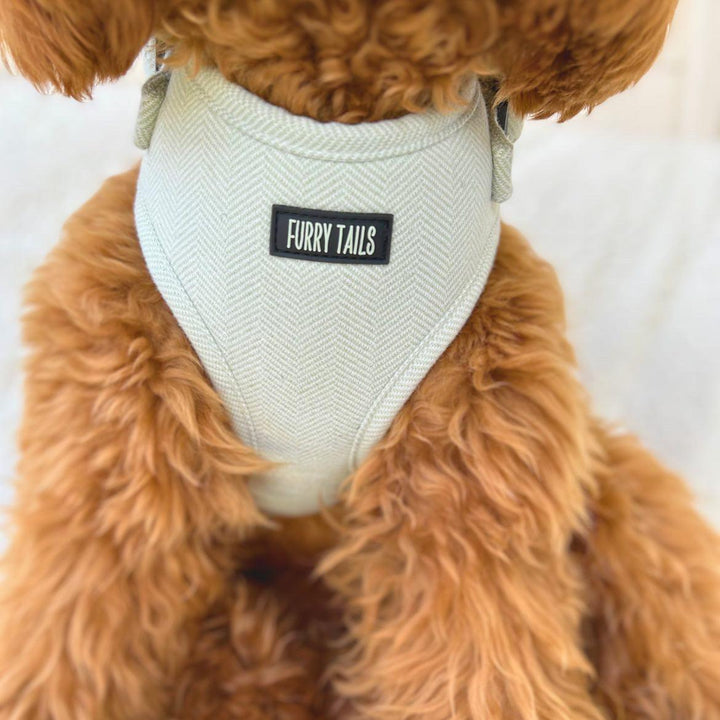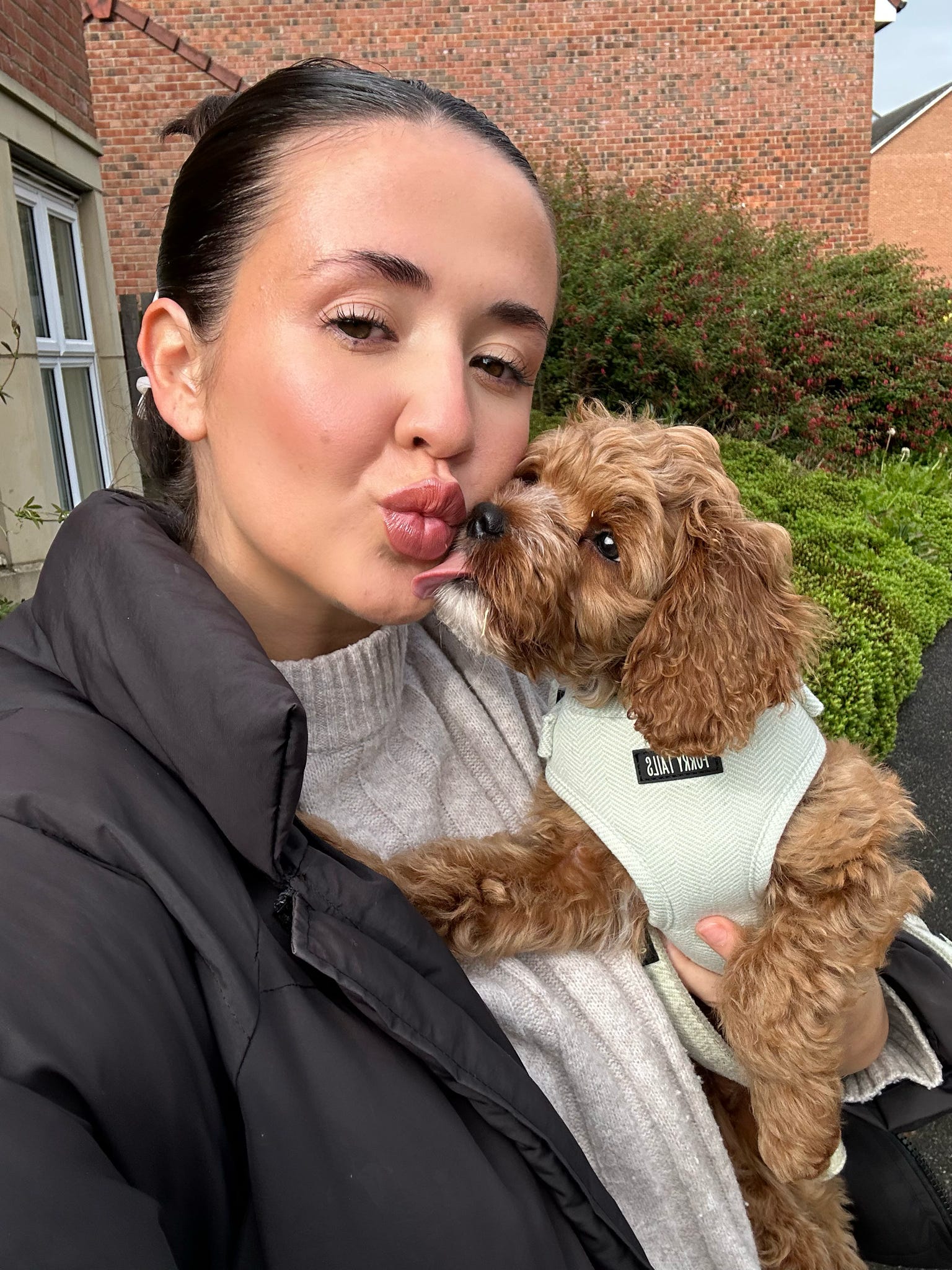We're diving deep into the world of understanding dog body language. Why? Because effective communication is the cornerstone of any healthy relationship, and that includes the one with your fur baby!
Introduction
Ever wondered what your dog is trying to say when they wag their tail, perk up their ears, or even growl? Understanding your dog's body language is not just a fun party trick; it's crucial for building a strong dog-owner relationship and ensuring effective communication with pets. So, grab a cup of tea, snuggle up with your pup, and let's decode doggo language!
Why Understanding Dog Body Language is Important
Dog Safety
Knowing the signs of stress, discomfort, or aggression can prevent unfortunate incidents. For example, a raised hackle (the fur along a dog's spine) doesn't always mean aggression; it could be a sign of heightened alertness or excitement. Understanding these nuances can help you react appropriately, whether it's pulling your dog away or allowing them to greet another dog.
Better Training
When you understand what makes your dog tick, training sessions become more effective and less stressful for both of you. For instance, if your dog looks away, yawns, or licks their lips during training, these could be calming signals indicating they're stressed or bored, signaling it's time for a break or a change in tactics.
Improved Pet Well-being
Recognising signs of anxiety or discomfort means you can address issues before they escalate. A dog that is constantly licking its lips, yawning, or pacing might be stressed. These signs are your dog's way of saying, "Hey, I'm not okay, and I need your help."

The Basics of Canine Communication
Dogs primarily communicate through body language. While we humans love to gab, our four-legged friends use canine communication and dog signals to express themselves. Unlike humans, who rely heavily on verbal communication, dogs use a combination of tail movements, ear positions, facial expressions, and even vocalizations to get their point across.
Tail Movements and Their Meanings
Wagging to the Right vs. to the Left
-
Right Wagging: Generally indicates positive emotions like happiness or excitement. Studies have even shown that dogs wag their tails to the right when they see their owners, indicating a positive emotional state.
-
Left Wagging: Could signify negative emotions like fear, stress, or aggression. If the tail goes left when a stranger approaches, it might be a sign to proceed with caution.
Height of the Tail
-
High Tail: Indicates alertness or excitement. A high wagging tail during a walk could mean your dog is enjoying the outing and is keen to explore.
-
Low Tail: Could mean your dog is submissive, insecure, or frightened. A low tail at the vet's office is a common sight and indicates discomfort or fear.
Ear Positions
Forward, Back, or to the Side
-
Forward: Indicates alertness or interest. If your dog's ears perk up when you grab the leash, it's clear they're excited for a walk.
-
Back: Usually a sign of fear, irritation, or submission. Ears pinned back can be a sign your dog is not comfortable with the current situation, like during thunderstorms or fireworks.
-
To the Side: Your dog is relaxed and comfortable, often seen when they are lounging around the house or napping.
Facial Expressions
Relaxed vs. Tense Face
-
Relaxed: Indicates comfort and contentment. Soft eyes, a slightly open mouth, and relaxed facial muscles are signs your dog is at ease.
-
Tense: Your dog could be stressed, anxious, or focused. Pulled-back lips, a furrowed brow, and tense facial muscles are indicators to watch for.
Eye Contact and What it Signifies
-
Direct Eye Contact: Indicates focus, but in some cases, it could be a sign of aggression. It's essential to read this in context with other body signals. For example, direct eye contact with a wagging tail usually means a happy, focused dog.
-
Avoiding Eye Contact: A sign of submission, insecurity, or discomfort. If your dog avoids eye contact during a scolding, they're likely feeling submissive and possibly even remorseful.
Posture and Body Positioning
Relaxed, Tense, or Crouching
-
Relaxed: Your dog is comfortable and at ease. This is often seen when they are at home, surrounded by familiar people and scents. A relaxed dog will have a loose, wiggly body and will move freely.
-
Tense: Indicates stress, potential aggression, or intense focus. A rigid body, focused stare, and closed mouth are signs to watch out for. This is often seen in dogs who are guarding resources or are wary of a new environment or individual.
-
Crouching: A sign of submission, fear, or anticipation. This is often seen in younger dogs when they encounter larger or more dominant dogs, or during play as an invitation to engage.
Vocalisations
-
Barking: Can mean anything from excitement to distress. Rapid, high-pitched barks usually indicate excitement or attention-seeking, while slow, deep barks might be a warning or sign of discomfort.
-
Growling: Usually a warning sign. However, some dogs growl during play, so context is crucial. Never punish a dog for growling as it's their way of communicating discomfort or warning.
-
Whining: Indicates stress, anxiety, or a desire for attention. If your dog whines at the door, they probably want to go out. Whining can also be a sign of pain or discomfort, so consult your vet if it persists.

Common Misinterpretations
Many people misinterpret wagging tails as a sign of friendliness or think growling is always a sign of aggression. Understanding the nuances in dog behavior can prevent common mistakes and misinterpretations. For example, a wagging tail combined with a tense body and pulled-back ears is not an invitation to approach.
Tips for Better Understanding Your Dog
-
Observation: Spend quality time observing your dog in different situations. The dog park, family gatherings, or even during quiet times at home can offer a wealth of information.
-
Consultation with Vets or Experts: Sometimes professional input can offer invaluable insights. Don't hesitate to consult your vet or a certified dog behaviorist, especially if you notice sudden changes in behavior.
-
Educate Yourself: Read books, articles, and watch videos to expand your knowledge. Our blog has a plethora of information, like why dogs pull on the lead and the importance of regular dog walks.
Conclusion
Alright, dog lovers, lean in because we're about to drop some truth bombs that'll have you hugging your fur baby a little tighter tonight. If you've scrolled this far, you're not just a casual pet parent—you're a bona fide Dog Detective, a Sherlock 'Bones,' if you will. 🕵️♀️🐾
Understanding your dog's body language is like getting VIP, backstage access to your pet's mind. Seriously, it's as if you've been handed the ultimate cheat sheet in a game where the prize is a happier, healthier, and safer life for your four-legged soulmate. Imagine walking into a dog park and being the 'Dog Whisperer' everyone secretly envies. You're not just the person who throws the ball; you're the one who knows why pup prefers fetch over Frisbee today.
Let's talk safety. Ever been in a situation where a dog's behavior is as clear as mud? Well, those days are over, my friend. You'll be the one who knows that a wagging tail doesn't always mean, "Come pet me!" Sometimes it means, "Back off, buddy!" And that's not just cool; it's life-saving info right there.
Now, onto training. Forget the old toss-a-treat-and-hope-for-the-best routine. You'll be the savvy trainer who knows that a yawn might mean, "I'm stressed, can we take five?" or that a paw lift is doggo for, "I'm unsure about this, Mum." You'll be decoding your dog's every move like you're both in a dance—and you've got the rhythm down pat.
But here's the real kicker—the emotional jackpot, the Holy Grail of pet parenting: your dog's well-being. When you know how to read your dog's signals, you're not just a pet owner; you're a confidant, a soulmate, a best friend. You'll know when those whimpers mean, "I'm not feeling great, can we cuddle?" or when that prancing is your pup's way of saying, "I'm on top of the world, and it's all thanks to you!"
So, as we wrap this up, remember that understanding your dog's body language isn't just a skill; it's a love language. It's your way of saying, "I hear you, I see you, and I'm here for you," without ever speaking a word. And if that's not the ultimate #PetParentGoal, I don't know what is.
So go ahead, take this newfound wisdom and be the pet parent your dog always knew you could be. Your fur baby is already a chatterbox; it's high time you joined the conversation! 🐶💕
Ready to take your dog communication to the next level? Check out our range of dog harnesses, collars, and leads that allow for better control and communication with your pets.
Additional Resources
For further reading and expert advice, check out the following:
- Choosing the Perfect Dog Collar: Material, Size, and More
- Why Do Dogs Pull on the Lead? Understanding Dog Behaviour
- The Importance of Regular Dog Walks: Physical and Mental Benefits
Happy tail-wagging and ear-perking, everyone! 🐶💕



































